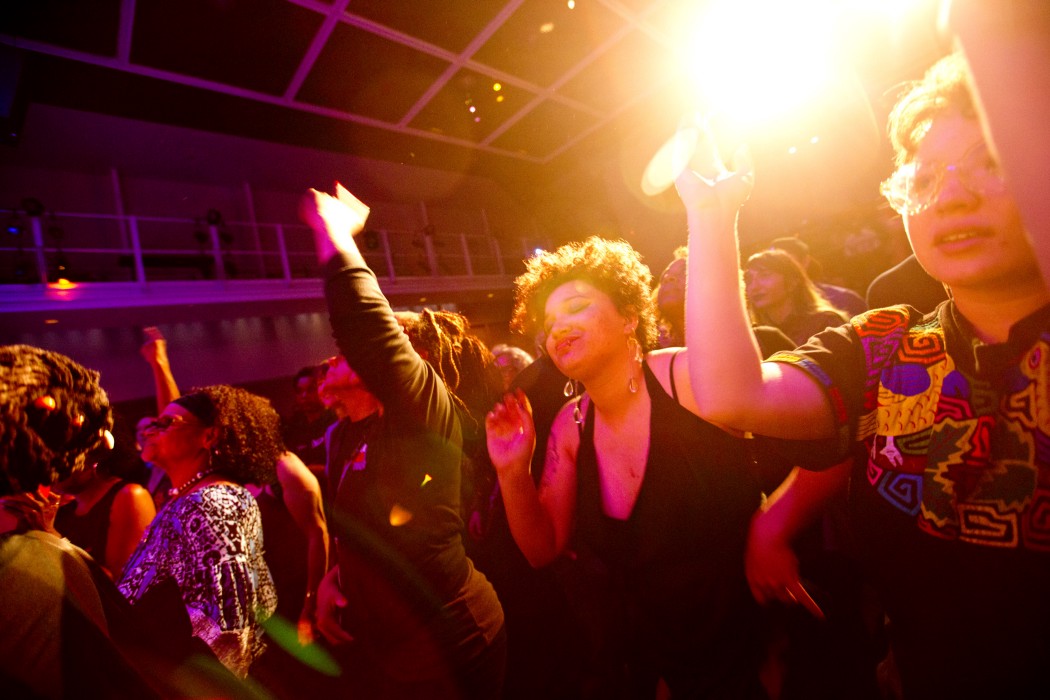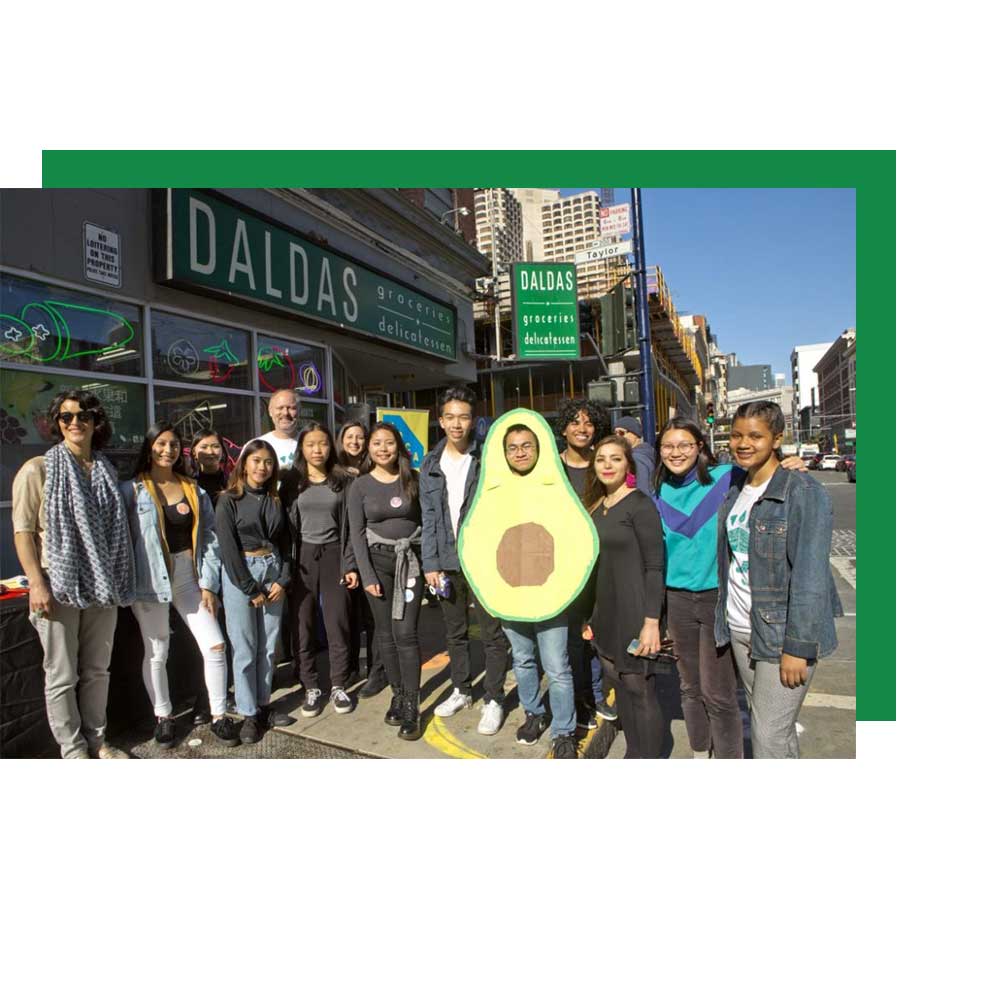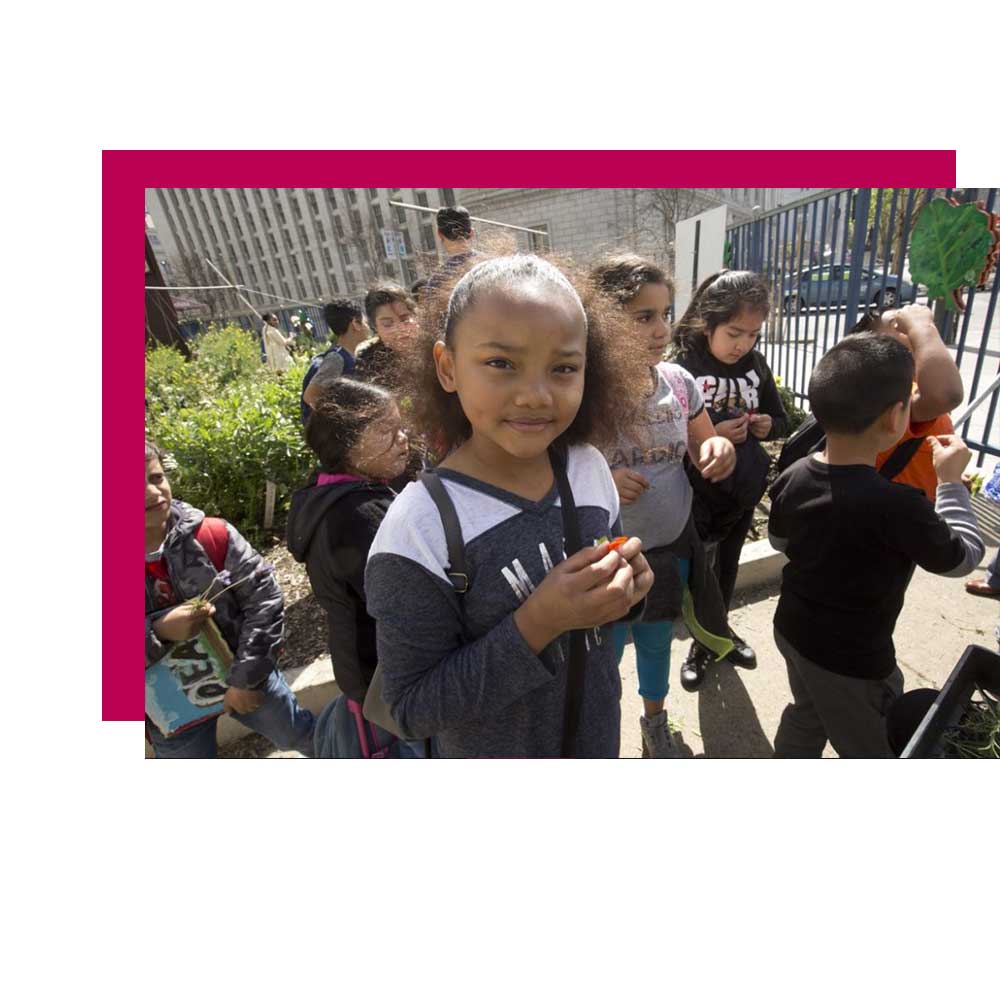Sun December 14th Open 11 AM–5 PM
The Music in Us: Art, Inspiration & Health

The moment of diagnosis
My son was diagnosed with type 1 diabetes when he was four years old. For me as his mom, there was something indelible about that exact moment — the innocent before and the altered after when you learn that your baby has something he’ll have to carry all his life, and that it will be hard, sometimes very hard. You remember details about those unbearably long minutes — his tiny fingers resting in your palm, his insatiable thirst, your thunderous heartache when the doctors told you that you weren’t going home anytime soon, and that when you did, it would be different. Those first hours in the hospital when you refused to learn how to prick your baby’s finger. You just couldn’t.
You are sometimes grateful for this new understanding of what it means to be alive, to love, to be a parent. More often, you are grieving. You don’t know this yet, but your beautiful boy will confront the stigma of a disease that is intensely misunderstood. Amazing, well-meaning people will share stories with you about how their grandmother or uncle or cousin or friend lost their eyesight, their feet, even their life because of diabetes. People will tell your child he can’t have cake and shouldn’t eat pizza. They will suggest that he can fix his broken pancreas if he just changes his diet. They will innocently, but insensitively, conflate type 1 and type 2 diabetes. They will need help understanding that he may have more to manage than many, but that his life is full of hope and promise.
You will roll up your sleeves and push back your heartache to navigate the reality of this disease with teachers and coaches, other parents and kids, family and friends. You will try to adjust your parenting to accept that he is climbing a different mountain. For the most part, you manage. You mourn the before but you are astonished by the resilient after.
How we define health
He was four years old and, at the time, his dad was in the middle of his third battle with an aggressive cancer. We focused on distinguishing the medications, the syringes, the diagnoses. In the ensuing years, we cared for and lost my mom in our home, and we let go of my sister, who needed so much more than we could provide.
Our family’s definition of health has to be poetic. It simply can’t be that health is perfection, a cooperative body, a well-tuned plan. For us, a healthy life is driven by a complex system of love, creativity, humor, and passion. Health is living with disease. Healthy life is living with hope.
“For us, a healthy life is driven by a complex system of love, creativity, humor, and passion. Health is living with disease. Healthy life is living with hope.”
Twelve years and thousands of finger pricks later, my son is managing all the things that are typically hard about being a teenager in today’s world. At this age, he struggles with and mostly despises his diabetes — its relentlessness — and he has a hard time believing that he can live a long, healthy life. He has recently been visited by an additional elusive condition that doctors call functional abdominal pain. Essentially, the nervous system is telling the stomach to hurt, and this is often accompanied by a forceful kind of anxiety and, sometimes, a deep sadness. The pain and dread can be severe and scary — a kind of allover hurt with no visible cause. Nothing to point to. Nothing to “medicate.”
We came to this diagnosis after a barrage of doctor visits, labs, and tests. He dropped out of things he loved. We lost count of how many days he missed school. While we ruled out so many terrifying possibilities, we learned that 20 to 35 percent of children and youth are affected by chronic pain disorders.
The music in him
When things are really hard, one thing brings him relief, and it is breathtaking. He goes out into the backyard studio my husband made for him — the very place where my mom lived and died — turns the music way up, and dances with stunning skill and intensity. It is one of the most moving things I’ve ever seen. You can feel the music in him.
My son may not yet know this, but he is not alone. People everywhere are living with chronic disease and its accompanying anxiety, pain, and depression. If they are lucky like him, they have a way to tap into what makes us human — our creative impulses, our desires, those gorgeous moments when we can move body, mind, and soul regardless of our different abilities, our real and perceived conditions. Moments when we can be.
In fact, my son has not complained of pain for several months. He just returned grounded, strong, and happy from Bearskin Meadow Camp — a place for kids who are living with type 1 diabetes. At camp, music is central. The dance party is epic.
I know, without a doubt, that it is my son’s ability to dance, to feel his body connecting to his passion, that gave him the strength to begin to believe that he could feel well. To feel and believe in yourself is everything.
“If we nourished the human first and then the system, might we be more successful in achieving healthy outcomes?”
As doctors and researchers search for a cure for type 1 diabetes, and try to better understand chronic pain syndrome and increasing physical and social anxiety among our children, I wonder why we don’t put equal weight on the role that wonder, imagination, art, and creativity play in a life well lived. Maybe it’s not about curing everything, but rather caring for everything — learning how to exist, as so many do, with adversity. If we nourished the human first and then the system, might we be more successful in achieving healthy outcomes? As in a garden, if we drop seeds without nurturing the soil, we do not create conditions for flowers to bloom.
The music in us
The good news is that we are understanding more and more that individual and community health are influenced by social, environmental, and economic conditions. According to the World Health Organization, the social determinants of health — the structural conditions in which people are born, live, work, and age — include economic status, neighborhood and physical environment, education, food, community and social context, and our health care system. Those who are born into and living at social, economic, and environmental disadvantage are far more likely to have poor health outcomes. In fact, it is widely recognized that one’s zip code and reading level are stronger predictors of individual health outcomes than one’s genetic code.
As efforts increase to integrate economic, social, and environmental needs into health care systems, there is growing evidence that art, creativity, and culture have measurable impacts on individual and community health. The American Public Health Association, the Public Health Institute, and the California Department of Public Health have introduced Health in All Policies: A Guide for State and Local Governments in response to growing interest in collaborative approaches to improving population health by embedding health considerations into decision-making processes across a broad array of sectors. At the same time, the University of Florida Center for Arts and Medicine has partnered with ArtPlace America to launch a new national initiative called Creating Healthy Communities: Arts + Public Health in America to explore and map a national agenda that realizes the potential in intersecting health, arts, and culture to build healthier communities across the country.

We know that artists are uniquely equipped to appreciate and illuminate existing but often underestimated community assets that contribute to health and well-being, including community safety, food security, open space, social cohesion. For example, Nicole Emanuel is the artist and the force behind the extraordinary InterUrban ArtHouse in Overland Park, Kansas. She and her team provide affordable studio and workshop space, work in the community and in the schools, and host art therapy workshops that focus on mental health for teenagers and adults. It is transfixing to witness young people who are struggling with social anxiety and isolation making art with elderly people who are living with diagnosed mental health conditions. You can see and feel the transformative power.
Emanuel’s approach is rooted in a deep knowledge of place and people — the past, present, and possible future. In my first meeting with the artist, she rolled out a planning map of the neighborhood, identifying assets and opportunities. Her team has woven together a deeply thoughtful set of programs and partnerships that lift up and connect what exists in their neighborhood in order to build a better future not only for residents, but also for people living in less resourced communities.
At Yerba Buena Center for the Arts, our Youth Fellows are collaborating with the Tenderloin Healthy Corner Store Coalition to transform liquor stores in San Francisco’s Tenderloin neighborhood into places that carry healthy foods and vegetables. Our collaboration with artists, teachers, and students at Bessie Carmichael Elementary School transformed a vacant lot into a garden that is now a cherished neighborhood asset. Parents and kids walk by the garden every day and express pride in what they have created. Kids who were growing up in a food desert are now deeply knowledgeable and passionate — not just about how fruits and vegetables can be grown anywhere, but about how to identify and elevate assets in their communities.

These are just a few of the thousands of examples of artists leading transformative work across our country. As of now, our society does not yet broadly appreciate this latent ecosystem as the missing link — the place to start before (or exactly when) we make health investments, or investments of any kind. If we nourished the people and fortified the community — what is there and what matters to them — then we have created the preconditions for productive investment and better health outcomes. If we see artists as not only investment opportunities but as co-investors bringing their powerful skills to this work, then we can realize a much more collaborative and mutual model for achieving shared well-being and prosperity.
CultureBank
This is why I work at YBCA, where I cofounded CultureBank with my colleague and friend Penelope Douglas. I am doing this work because I believe that imagination and inspiration are prerequisites to any kind of transformative investment. If we want equitable change, we have to illuminate the creativity, the beauty, the power that already exists in everyone and in every community. When my husband and I didn’t know what to do, we made a dance studio so that our son could just be. To find that ability in dance, in poetry, in collaboration is to begin to take steps toward the outcomes we want.
“CultureBank’s founding principle is that undeveloped assets in marginalized communities are critical preconditions to achieving healthy outcomes.”
CultureBank proposes a new investment platform that seeks to develop our ecosystem of artist-driven enterprises. Recognizing that we need integrated solutions that acknowledge and support whole people and whole communities, CultureBank’s founding principle is that undeveloped assets in marginalized communities — assets like music, dance, cultural tradition, diverse language skills, natural green spaces, oral narratives, and people themselves — are critical preconditions to achieving healthy outcomes. Identifying and unleashing the potential of these assets will help communities thrive.
By supporting artists and their enterprises with innovative and radically collaborative investment structures, communities become sites of self-guided investment, working to achieve shared health and prosperity in contrast to current trends toward displacement, disenfranchisement, and systemic inequity. Rather than return on investment, CultureBank seeks a “ripple of investment” through imaginative structures that create value that can be commonly experienced, and where everyone is an investor — the artist, the financier, the community members. By leveraging unique investment structures, CultureBank feeds a rich but underinvested ecosystem of artists and connects them to growing movements to incorporate health outcomes into broader equity efforts.
“CultureBank wants to build a world that thrives on inspiration — a world in which every single person has the opportunity to imagine new possibility, new potential, new promise.”
We want to help build a system that recognizes that, as human beings, each of us is capable of transcending our current conditions and seeing beyond existing constraints. Research shows that individuals who experience inspiration can perceive new possibilities. They also experience a higher sense of self, purpose, optimism — a belief in their own abilities. CultureBank wants to build a world that thrives on inspiration — a world in which every single person has the opportunity to imagine new possibility, new potential, new promise. It is from this state of inspiration that we can then realize the individual and collective transformation that we have not yet been able to achieve.

